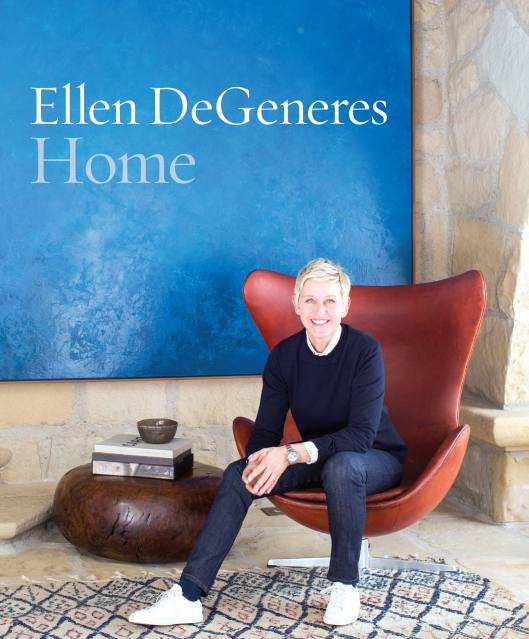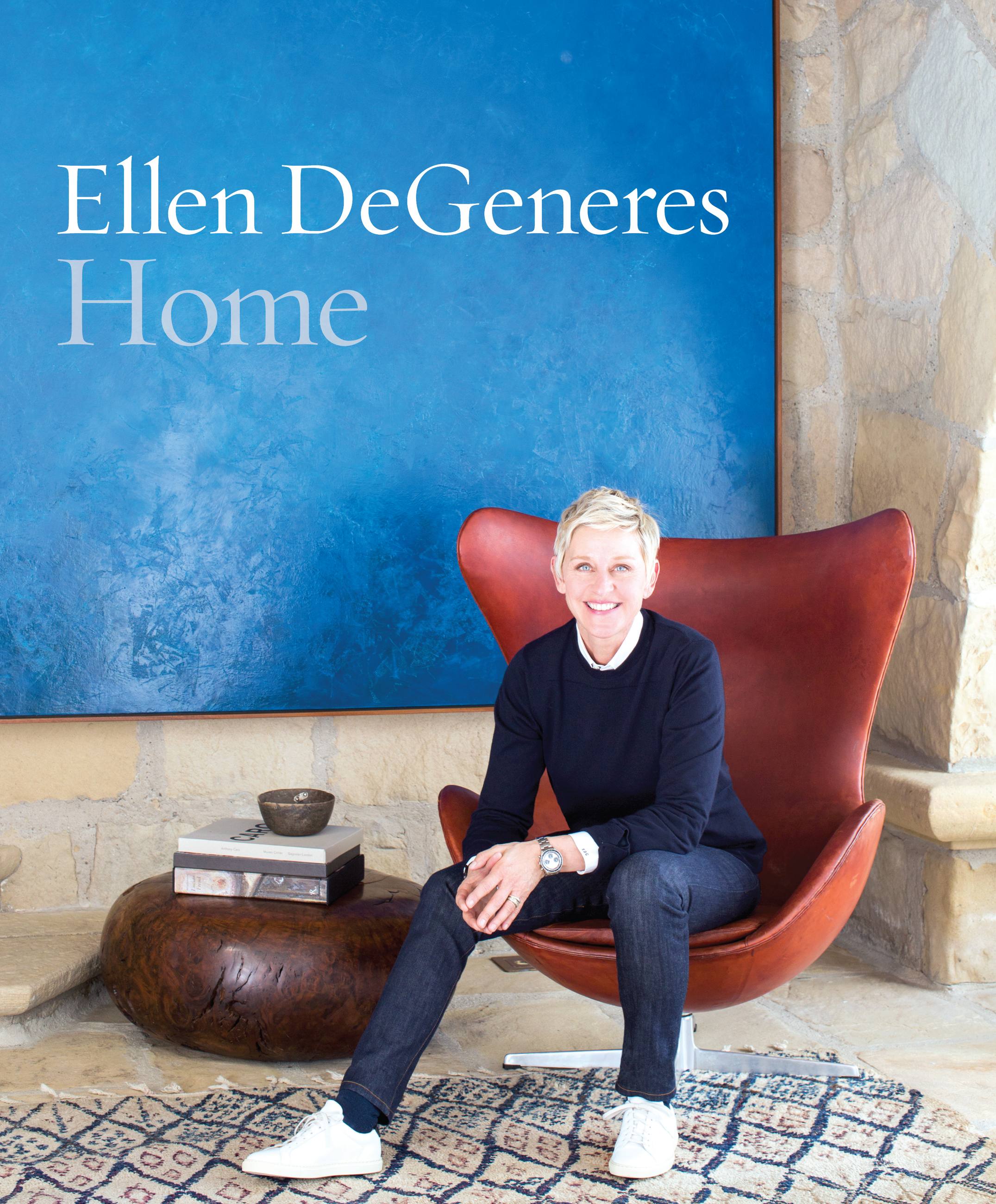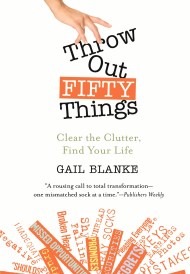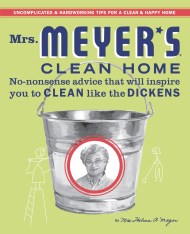Promotion
Use code MOM24 for 20% off site wide + free shipping over $45
Home
Contributors
Formats and Prices
Price
$16.99Price
$21.99 CADFormat
Format:
- ebook $16.99 $21.99 CAD
- Hardcover $35.00 $42.00 CAD
This item is a preorder. Your payment method will be charged immediately, and the product is expected to ship on or around October 27, 2015. This date is subject to change due to shipping delays beyond our control.
Also available from:
Beloved comedian and talk show host Ellen DeGeneres shares her passion for home design, a look at her homes, and the secrets she has learned over twenty-five years of renovation and decoration.
This deluxe edition of Home is printed on extremely high quality paper, printed on a sheet-fed press, and bound in a real cloth covered case with a tipped in photo of Ellen DeGeneres’ living room featuring her Picasso.
In Home, DeGeneres will, for the first time, share her passion for home design and style. She believes, “You don’t have to have money to have good taste,” and she is eager to share what she has learned over the years. DeGeneres offers a personal look at every room in each of her homes. Included are seven of her homes past and present, from the famous “Brody House” up to her current homes, and she offers tips and advice on what each house taught her. An added bonus is a look at the homes of her friends and collaborators-some of the finest designers in the country. They share their advice on home design, furnishings, as well as a glimpse at their awe-inspiring rooms.
Full of beautiful photographs, this book is a treasure trove of amazing California architecture, unique home furnishings, breathtaking art, and hundreds of ideas on putting together the home you’ve always dreamed of.
Genre:
- On Sale
- Oct 27, 2015
- Page Count
- 256 pages
- Publisher
- Grand Central Life & Style
- ISBN-13
- 9781455533558
Newsletter Signup
By clicking ‘Sign Up,’ I acknowledge that I have read and agree to Hachette Book Group’s Privacy Policy and Terms of Use




